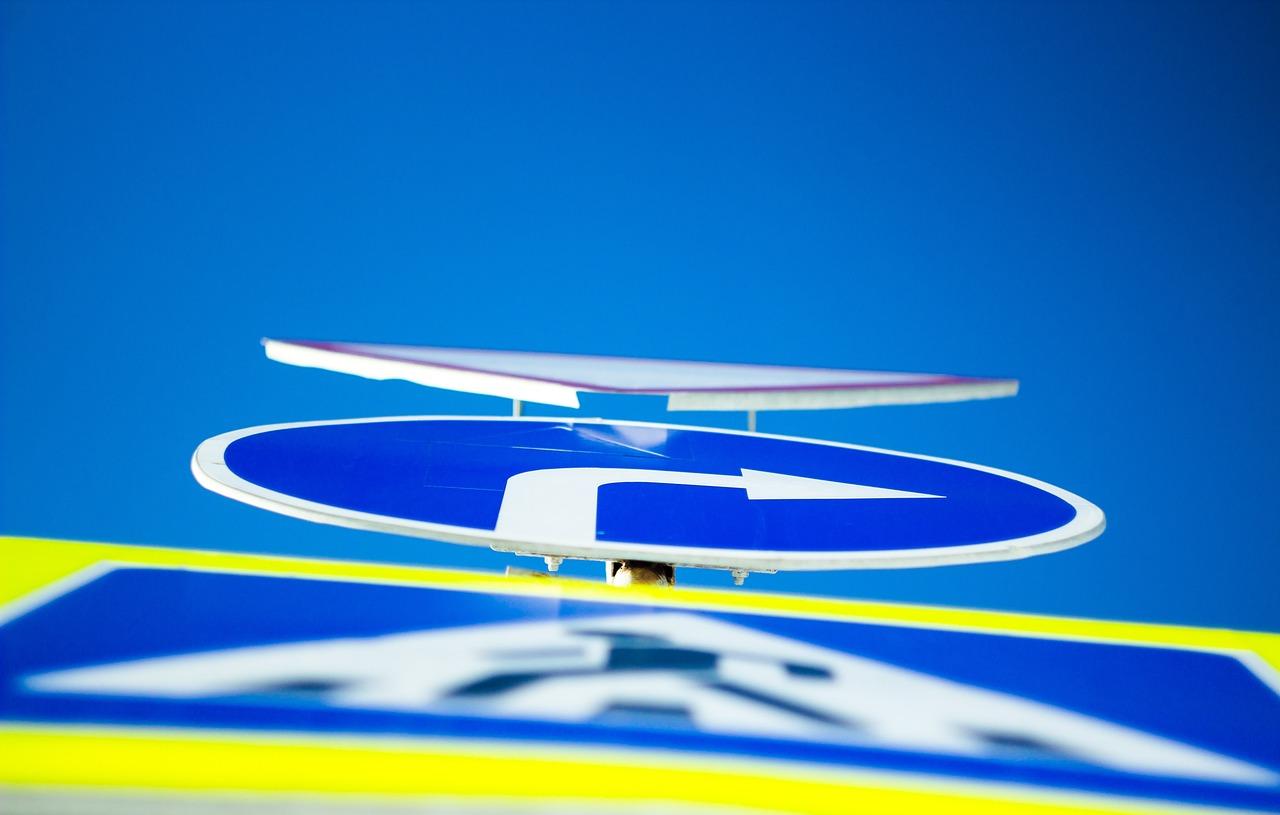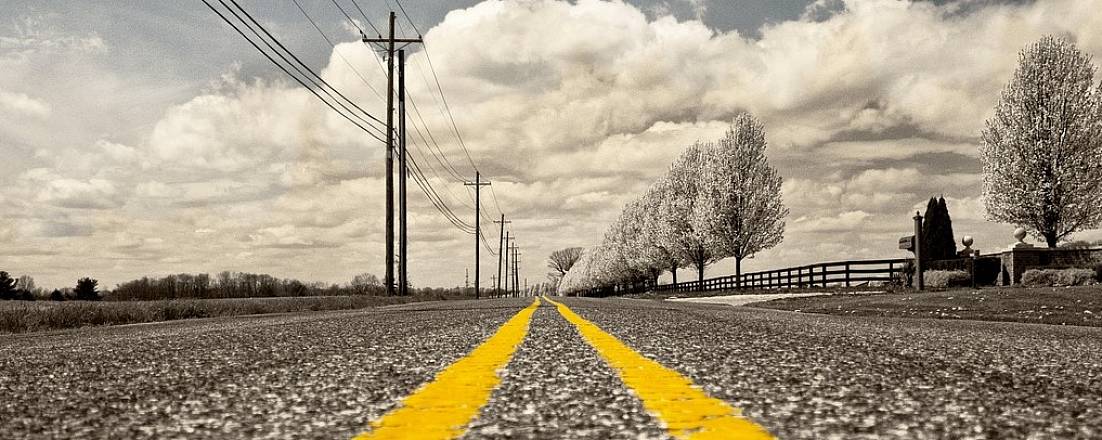Traffic in Cyprus is different from what you are used to, for starters - it is left-sided. It may also be difficult to navigate the winding streets uphill and downhill. Therefore, before getting behind the wheel in Cyprus, it is recommended to study all the peculiarities that possible to happen while on the road.
Why a car in Cyprus is so necessary
According to statistics, 85% of the population of Cyprus has a car. This is one of the highest rates in the world! At least because all adult islanders drive a car. Even pensioners in old age.
Why is that? The secret lies in the underdeveloped public transportation. In Cyprus there are only buses: city and intercity. And if the city transport runs more or less often and conveniently, the intercity buses are a real problem. Rides are carried out every few hours only 2-4 times a day. For those who live in the suburbs, such a schedule is extremely inconvenient.

It is also worth remembering the Cypriot climate: in summer it is very hot outside. Moving by transport in +35 degrees is not very comfortable, so most people prefer to have a private car.
In other words, without a car in Cyprus it is very difficult to get to any place, close or further from the city. You also have to depend on bus schedules.
Motor transportation in Cyprus
Despite the warm climate and the opportunity to ride two-wheelers all year round, motorcycles are not so common in Cyprus. Mostly motorcycle enthusiasts ride bikes, while ordinary drivers prefer cars. And there are a number of reasons for this:
- Increased safety. We can not say that people in Cyprus do not follow traffic rules, but definitely not a 100%. And in principle, the motorcycle has never been considered a safe means of transportation.
- Comfort in any weather. The car has air conditioning, plus it reliably protects from dust. Reminder: Cyprus is prone to dust storms.
- Familiality. Cyprus is a family island, where the whole family likes to gather and where they have many children. Therefore, it is much more reasonable for a family man to have a whole car.
The advantages of motorized transport include the ability to easily bypass traffic jams, as well as the ease of parking. In Cyprus, especially in the cities, there is indeed a problem with where to leave the car - the bike in this regard is more practical.

Left-side traffic
Cyprus was formerly a British colony, so the country still has left-hand traffic. For those who have been driving on the right-hand side all their lives, it will take time to readjust.
From the author: The first few days are especially hard - you have to control yourself all the time not only when driving a car, but also when simply crossing the street as a pedestrian. Then you get used to it, of course. But there is a subtle point here - when you return home, you also have to readjust back!
Interestingly, those on the right still have priority: they are the ones who are allowed to pass.

At first it is recommended not to drive very fast: the locals understand that newcomers get confused and make mistakes. If you didn't have time to rearrange or if you hesitated, don't worry. No serious claims will be made against you.
Road signs and markings
Interestingly, in Cyprus, more attention is paid to markings than to road signs. So you should look not only at the sides, but also under your feet - or rather, under the wheels. Yellow markings warn that the junction is about to begin, arrows indicate when and where to turn.
Basic traffic rules and speed limits
In general, traffic rules do not differ from the generally accepted ones: it is necessary to comply with the established speed limit, drive without distractions, be in a sober state, fasten belts and respect other road users. It is also not allowed to drive a car or bike without a driver's license or to persons under 18 years of age.

What Cyprus police officers pay special attention to:
- Speeding. In the city it is allowed to drive no faster than 50 km / h, near schools and kindergartens - not faster than 30 km / h. For the highway (intercity highway) there is both an upper limit of 100 km/h and a lower limit of 65 km/h.
- Hands off the wheel. This applies to eating and drinking as well as to telephone conversations while driving. Important: if the engine is started, but the car is standing, this will still be grounds for a fine. Therefore, it is better to park, turn off the engine and then go about your business.
- Alcohol intoxication. In Cyprus, a very small amount of alcohol in the blood is allowed - 0.22 ppm. This amount can be 10-12 hours after drinking alcohol or immediately after eating products containing alcohol (for example, soaked biscuits). It's best not to risk drinking 12-15 hours before traveling.
- Unbuckled seat belt. A fine is usually issued only for the driver and front seat passenger, but in general, everyone should be buckled up - even the passengers in the back.
- Failure to have a child seat. Children under the age of 12 must be in a child seat. If you rent a car, be sure to take a seat as well.
- Smoking in the presence of a person under the age of 16. This is a rather unusual law for us, which, nevertheless, is well followed in Cyprus. The rule also applies to a vehicle that stands on the curb with the engine turned off.
- Parking in the wrong place. Here everything is simple - you can stop only in specially designated places.
Interestingly, tourists in Cyprus can be forgiven for ignoring a road sign or awkwardly moving from one row to another. This is due to the Cypriots' friendliness and understanding, as well as their calm attitude to minor violations. Nevertheless, a driver in Cyprus should try to follow all the rules as carefully as possible so as not to interfere with other road users.

The roads are not straight, narrow and sloping
Not much is written about it, but driving on the terrain is quite different from driving on straight and wide streets. Many of us are used to multi-lane, flat and straight roads with no slope, but in Cyprus it looks different.
Streets here are narrow, maximum - 3-4 lanes on a large highway, in the city 3-lane is already a rarity. Usually the road consists of only two lanes. To the small latitude it is worth adding winding, which is characteristic of any relief - and there is enough of it on the island. There are mini-serpentines in both suburbs and villages. Curvature is often joined by a slope, the angle of which can be quite noticeable.
Tip: if possible, before traveling or moving to Cyprus, take a couple of extreme driving lessons. This will make it much easier to get used to the local roads.
 Roundabouts
Roundabouts
These traffic junnctions are worthy of special attention. There are many of them in Cyprus, and they are practically not equipped with any signs - drivers are guided mainly by the markings.
The approach to the roundabout is usually marked with yellow relief markings. At this point you must show others that you are entering the junction by turning right. Those entering the traffic circle must allow those already on the traffic circle to pass. And then you can enter the roundabout yourself.
When choosing a lane, you should be guided by the proximity of the exit. If you need the first exit, you can stay in the left lane, if the second - move to the middle lane, if the third - then the right lane. When exiting a roundabout, you must signal with your left turn signal.

Possible penalties
Over the last 10 years, the situation on the roads of Cyprus has improved significantly. All thanks to the fact that the police conduct regular checks and do not stay away when they see any offense. And also in the country there is a double system of fines: in addition to monetary penalties, the violator is imposed penalty points. If a driver "accumulates" 12 points, he will lose his license for 6 months. And the points "burn off" much longer - as much as 2 years.
So, the amounts of fines for common violations are as follows:
- Exceeding the speed limit - 5 euros for each "extra" km / h and from 3 to 8 points.
- Unfastened seat belt - 150 euros.
- Busy hands (talking on the phone or drinking food/water) - 150 euros.
- Driving while intoxicated - €100 to €15,000.
- Parking in an inappropriate place - 85 euros, in handicapped spaces - 1,285 euros or administrative.
By the way, some violations may entail not only the imposition of a fine and the accrual of penalty points, but also the initiation of administrative proceedings. This is already serious, especially if the driver is not a Cypriot citizen. In this case, he may be banned from entering the island for several years.
Parking
Parking in Cyprus is possible only in certain places. It can be difficult to find them, especially in the city center - everything is simply busy there. You need to plan your trip in advance and look for places where you can leave your car. As a rule, paid parking is the most convenient and reliable option for tourists.

Important! Parking in handicapped parking spaces can get you not only a very large fine, but also administrative charges up to a year in jail.
Gas station
There are no problems with gasoline and diesel fueling in Cyprus, which can not be said about LPG and electric charging. The latter is a rarity in Cyprus, although the authorities are doing their best to slowly introduce more electric cars on the island.
Classic gas stations work round the clock, the only difficulty for a foreigner is the automatic mode, which is usually switched to at night. If you do not speak English or Greek at all and the inscriptions on the machines you do not understand, it is better to take care of refueling the car in advance and do it in the daytime.

For a large selection of cars visit the DOMCar website.
Photos: pixabay.com, DOM



